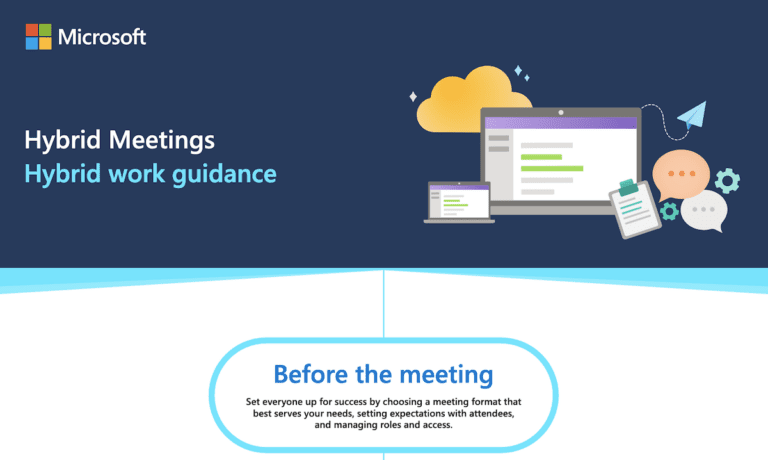Get Your Cloud Migration Strategy Right
Industry leaders are working hard to compete with digital upstarts that develop their business exclusively in the cloud. Business infrastructure has become more complex, and to keep up to date, companies are digitizing their operations—looking for agility and insights from data and analytics. This process of digital transformation is creating new opportunities for business and technology leaders to increase value for their organizations. But, with all this change, how can these executives keep up?
To answer this question, MIT Sloan Management Review’s Analytics Services group surveyed 2,262 respondents from 133 countries and 26 industries in late 2019 about their organizations’ use of data and analytics. The research reveals how digital leaders are using data and analytics to create value, which tactics and tools they are employing, and the challenges they face in becoming a truly data-driven organization.

The survey results show that companies are still in the early stages of their digital transformations — but those that have made significant progress are using data and analytics to create value across the organization, not just in isolated pockets. They are also more likely to have centralized their data and analytics capabilities, giving them a competitive edge as they move forward on their digital journey.
IT business partners must demonstrate the ROI of switching from “owning” to “renting” infrastructure. It’s now critical to monitor performance across different cloud frameworks with tools that collect and correlate data from every location. Leaders understand there is a before, during, and after cloud migration strategy for making the switch successful.
The first step is to define what success looks like for your business. This means understanding what capabilities are needed from the cloud in order to drive the desired outcomes. It’s also important to set expectations with IT and business stakeholders about what will change and how those changes will be managed. Migrating to the cloud is a major undertaking, so it’s crucial to have a clear plan in place before starting the process.
The next step is to select the right cloud platform for your business. There are a number of different options available, so it’s important to do your research and select the one that best meets your needs. Once you’ve selected a platform, you’ll need to create a migration plan. This should include a detailed analysis of your current infrastructure and an assessment of which workloads can be moved to the cloud.
Once you’ve migrated your workloads to the cloud, it’s important to monitor performance and ensure that the move has been successful. This means collecting data from all locations and using tools to correlate that data. By following these steps, you can ensure a smooth transition to the cloud and realize the full benefits of this transformative technology.






